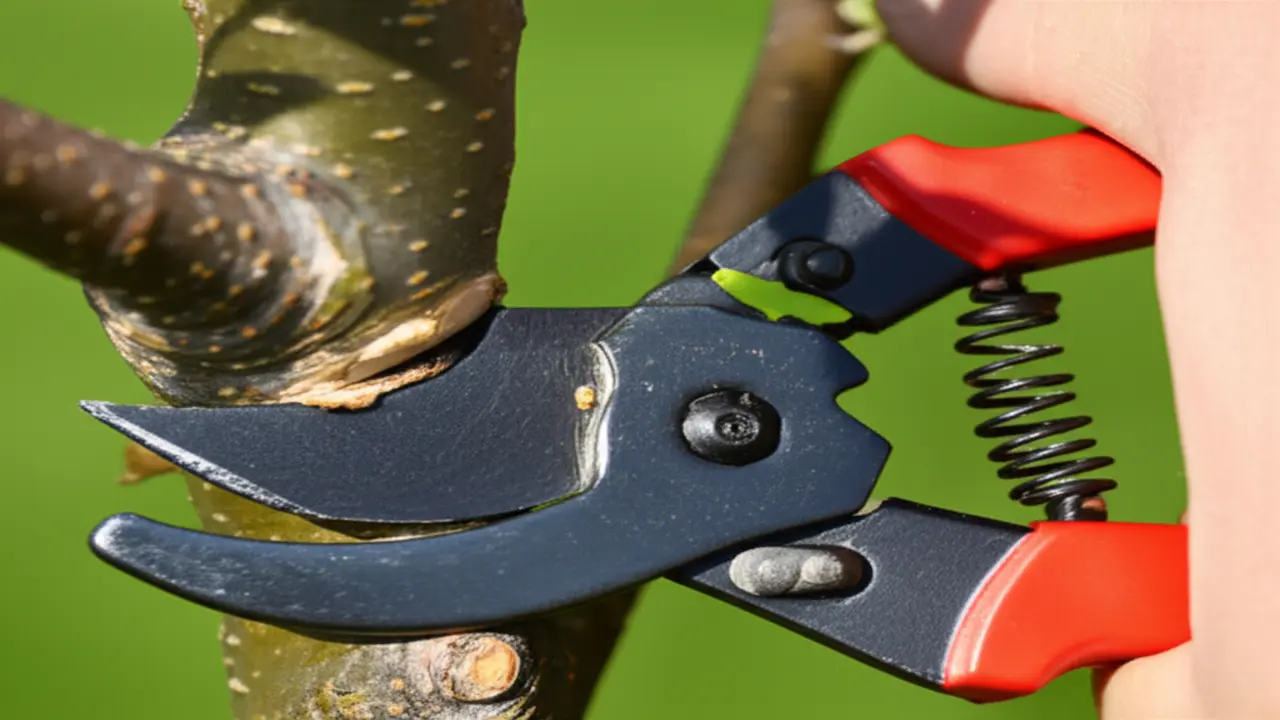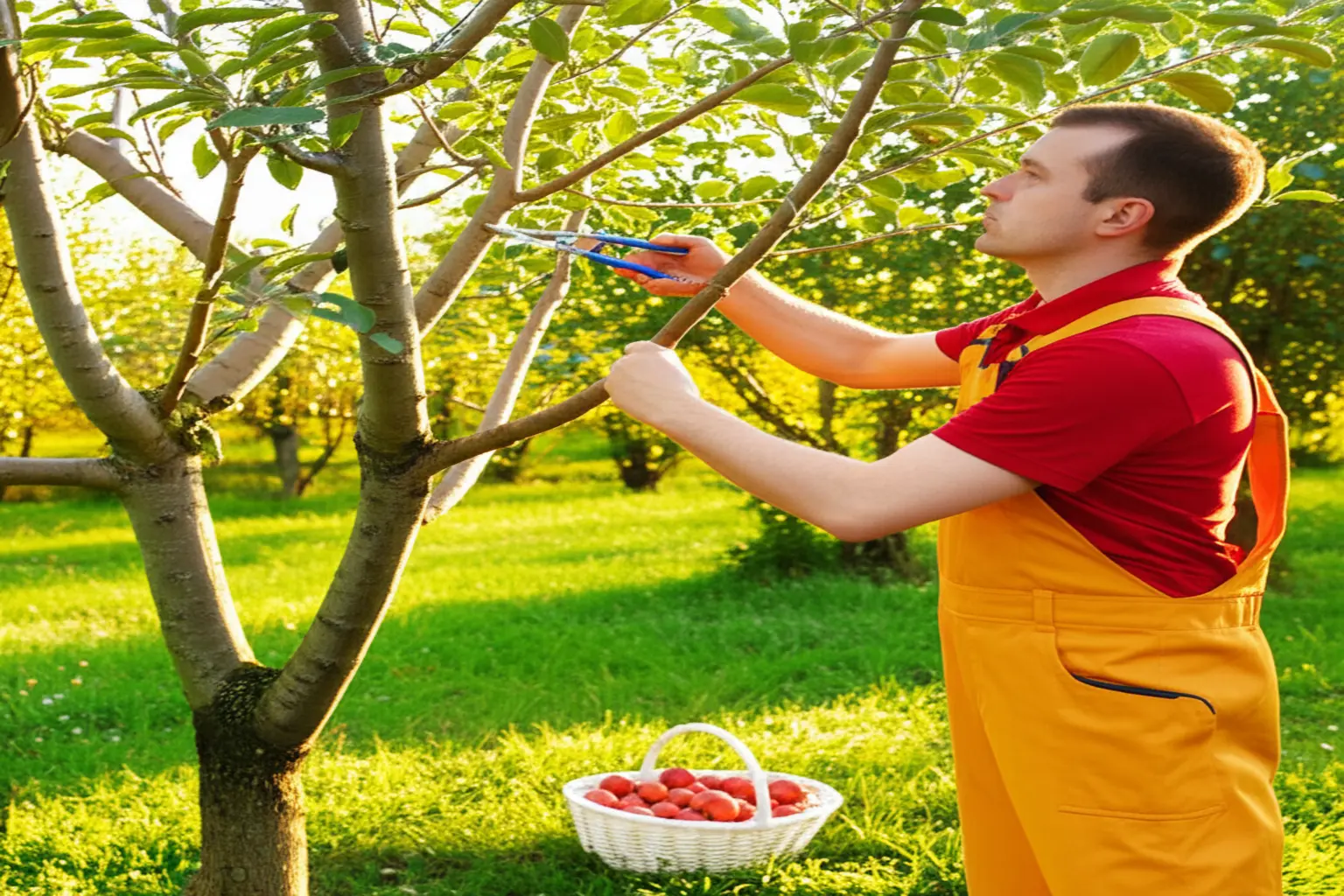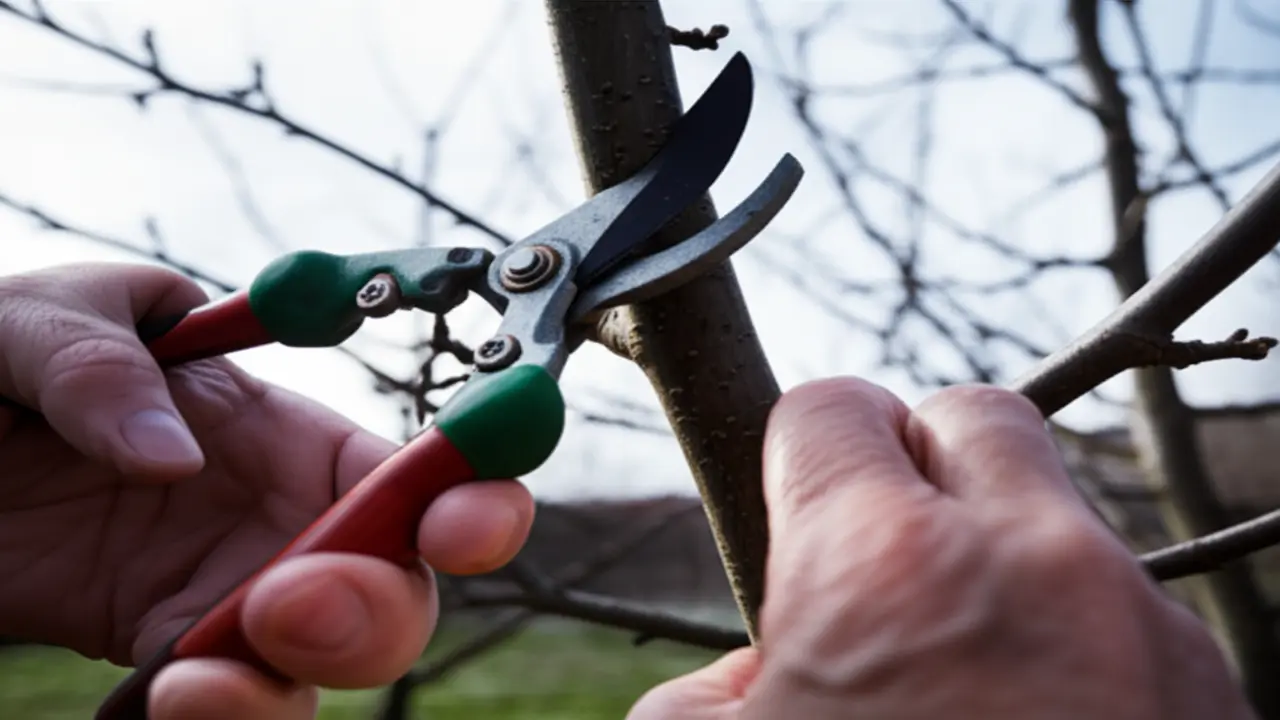
Understanding the “Why” and “When” of Pruning
* Increased Fruit Production: By removing old or unproductive wood, you redirect the tree’s energy into developing larger, higher-quality fruit on the remaining branches.
* Improved Health: Opening the canopy enhances air circulation, which significantly lowers the risk of fungal diseases. Removing dead, damaged, or crossing branches eliminates weak points and potential homes for pests.
* Structural Strength: Proper pruning establishes a strong framework of scaffold branches, enabling the tree to support a heavy fruit load without breaking.
The timing of these cuts is just as important as the cuts themselves. Most pruning is done during the tree’s dormancy in late winter or early spring. This timing minimizes stress and encourages vigorous new growth. For substantial dead or diseased limbs, you may need specialized tools like pruning shears for thick branches to make clean cuts. Summer pruning is less common and is typically reserved for controlling overly vigorous growth.
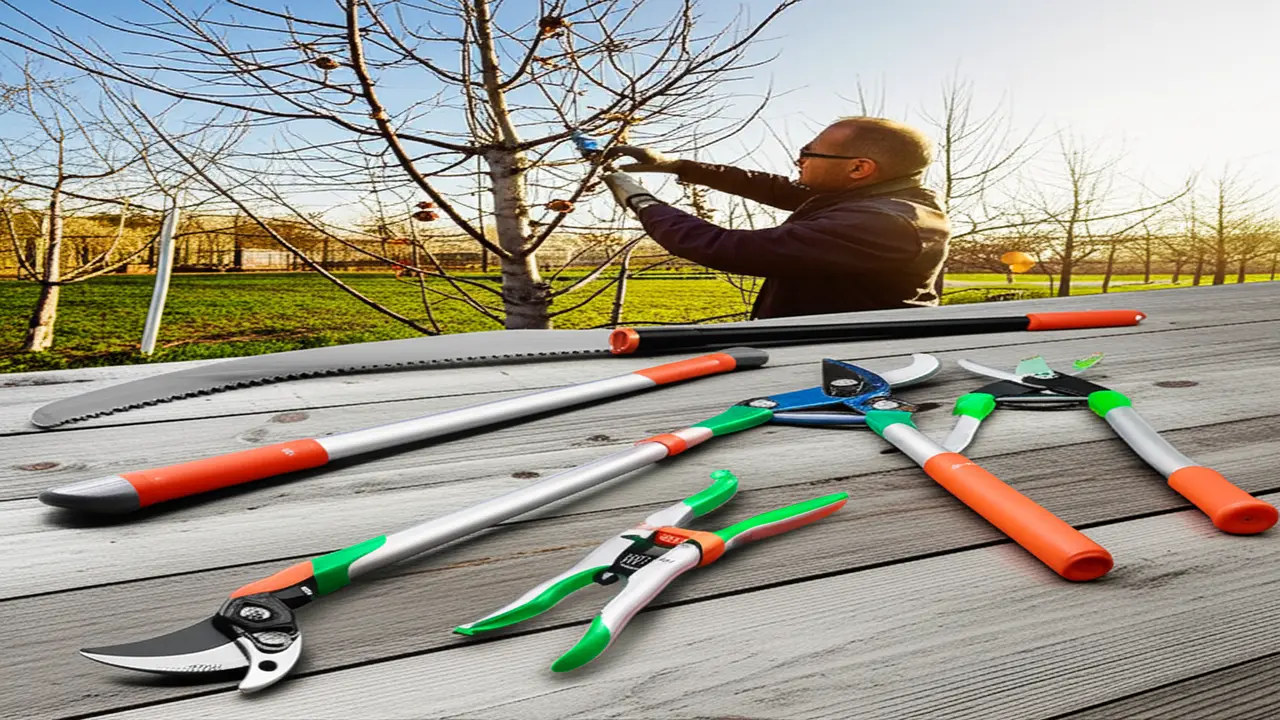
Essential Pruning Tools and Techniques
* Bypass Pruners: Ideal for twigs and small branches up to 3/4 inch thick. They make a clean, scissor-like cut.
* Loppers: These are for branches between 3/4 and 1 1/2 inches. Their long handles provide the leverage needed for thicker wood.
* Pruning Saw: Reserved for limbs over 1 1/2 inches thick.
When removing a large branch, always use the three-cut method to prevent the bark from tearing. First, make an undercut a few inches from the trunk. Second, make the main cut from the top, slightly further out than the undercut. Finally, remove the remaining stub with a clean cut just outside the branch collar. Avoid making flush cuts against the trunk, as this is a common mistake that damages the tree. Always wear gloves for safety and ensure your tools are clean. Knowing how to sharpen pruning shears is a fundamental skill for any gardener.
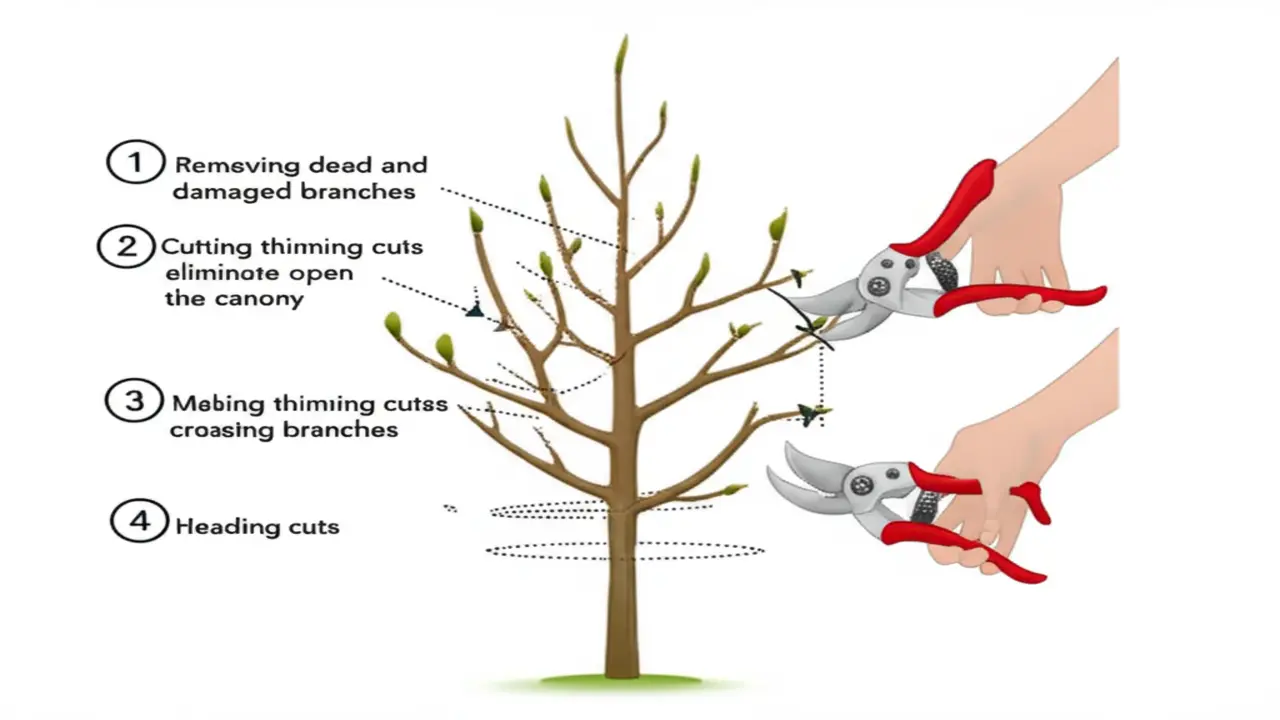
Step-by-Step Pruning Guide
Next, focus on thinning the canopy. You need to identify and cut any branches that are crossing, rubbing against each other, or growing inward toward the center of the tree. The goal is to create space, which improves air circulation and allows sunlight to penetrate deep into the canopy. For stubborn limbs, using the right tool is key. A quality pair of pruning shears for thick branches ensures you can make a clean cut without damaging the collar.
Finally, make your shaping cuts. This step involves shortening branches to encourage the development of a strong, open framework, which supports heavy fruit loads and makes harvesting easier.
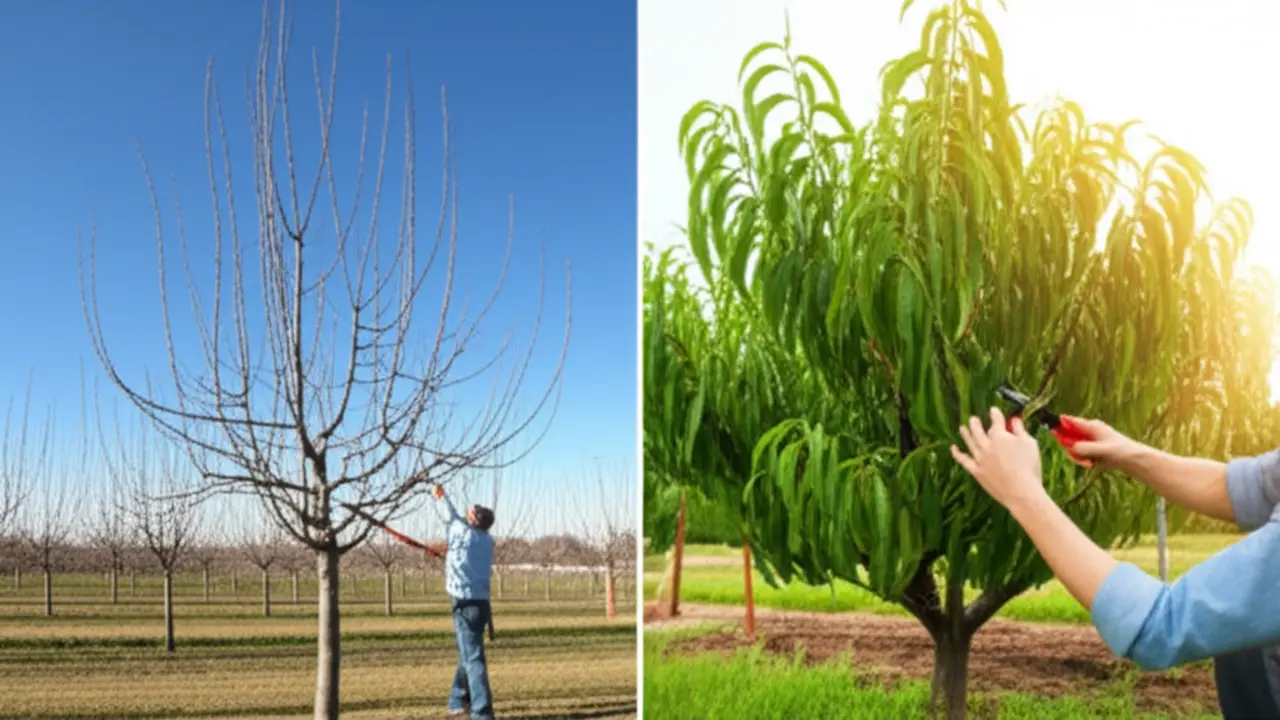
Species-Specific Pruning Advice
